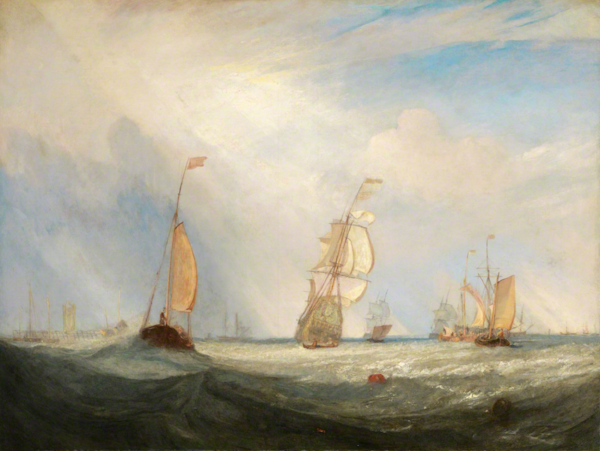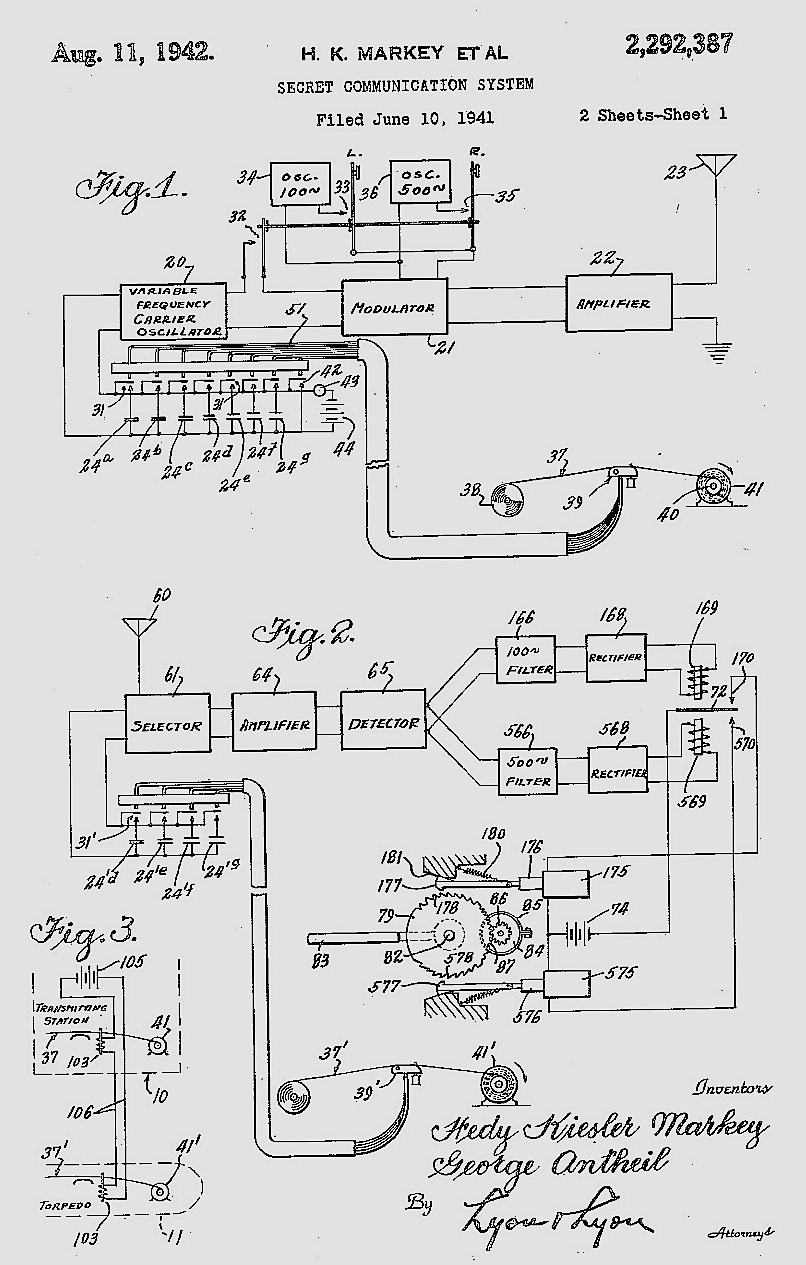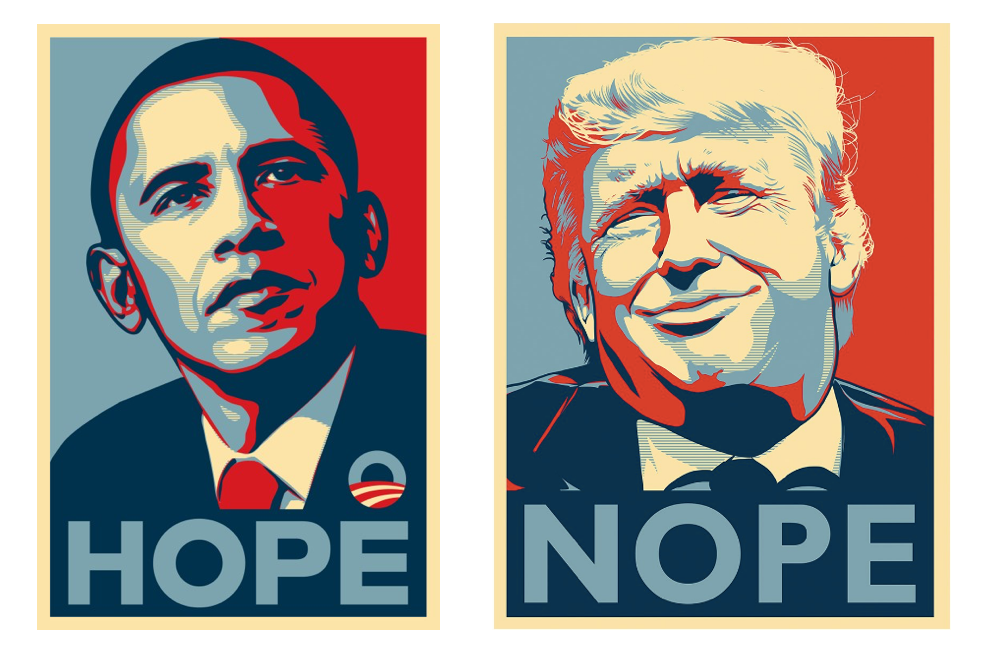The Red Buoy: Beware Being Repositioned by the Competition
JMW Turner - Helvoetsluys
JMW Turner was born in 1775 in Covent Garden where his father was a barber and wig-maker. John Constable, born in Suffolk a year later, was the son of a wealthy corn merchant and miller.
Together these artists introduced a vibrant new way of depicting landscape. While their predecessors had set out to paint the natural world through mythical idealism or realistic accuracy, Turner and Constable sought to convey its true soul.
Turner painted shipwrecks, fires and fogs; violent seas and fierce storms; the smoke and steam of the industrial revolution. Constable was more gentle at heart. He painted picturesque waterways and working farms; elegant steeples, shimmering rainbows and gossamer clouds.
Sadly the two artists never got on. Turner, who had been something of a child prodigy, regarded Constable as an upstart. Constable praised Turner in public, but in private described his work as ‘just steam and light’. In the Royal Academy exhibition of 1831 Constable had one of Turner's paintings moved from a prominent position and replaced with one of his own.
At the Royal Academy exhibition the following year Constable and Turner were assigned places alongside each other in one of the main galleries. Constable had been working on ‘The Opening of Waterloo Bridge’ for fifteen years. In the days before the exhibition, artists were allowed to apply a final coat to their paintings as they hung on the gallery walls. And so Constable painstakingly set about his finishing touches.
Turner was showing a sombre seascape, a picture of Dutch ships in a storm,‘Helvoetsluys’. Just before the exhibition opened, he realised his work suffered by comparison with Constable’s. And so he marched in and painted a small bright red buoy in the middle of his canvas. It drew the eye, creating a compelling contrast with the green sea around it. Turner left without saying a word.
Constable was incensed.
‘He has been here and fired a gun.’
The critics agreed that Turner’s simpler, more restrained work made ‘The Opening of Waterloo Bridge’ look complex, fussy and ostentatious. The exhibition was a disaster for Constable.
There’s a lesson for the marketing world here.
John Constable - The Opening of Waterloo Bridge
You may be going merrily about your business, doing a decent job, progressing steadily along the tracks. Your brand may be well regarded by consumers. Everything may be OK.
But then out of left field the competition does something radical that rewrites the rules; that reframes the market; that changes the way you’re viewed. Suddenly you no longer seem quite so relevant. You appear a little off the pace, a little out of sorts. Suddenly you look like yesterday’s brand.
BA was solidly respectable, thoroughly dependable. And then irreverent Virgin arrived on the scene and made it somewhat stuffy and old-fashioned. Levi’s was cool and contemporary. And then dissident Diesel appeared and made it safe and conventional. Orange made Vodafone feel corporate. Apple made Microsoft appear square. Sipsmith made Gordon's look dreary. Fever-Tree made Schweppes taste sweet. Eat made Pret seem over-sauced. And so on and so forth.
We should watch out for the seemingly insignificant red buoy that appears out of left field; the subtle touch of the brush that at a stroke makes us seem less relevant. We should beware being repositioned by the competition.
When we play it safe, we leave space for others to shine. If we want to be a leadership brand, we have to lead.
'When least expected,
Fate stumbles in.
Bringing light to the darkness,
Oh, what a friend.
I needed someone to call my own.
Suddenly, out of left field
Out of left field, out of left field
Love came along.’
Percy Sledge, 'Out of Left Field' (Dan Penn / Spooner Oldham)
No. 189

















